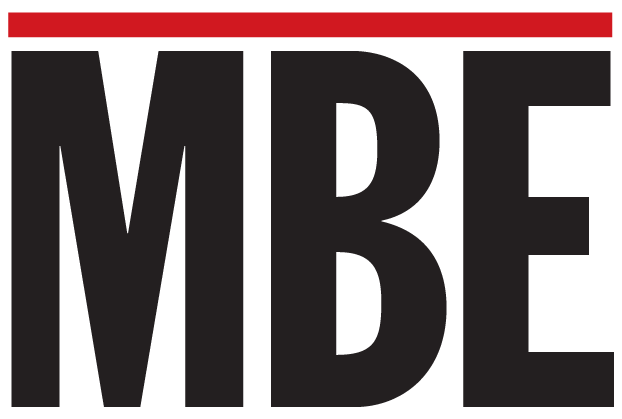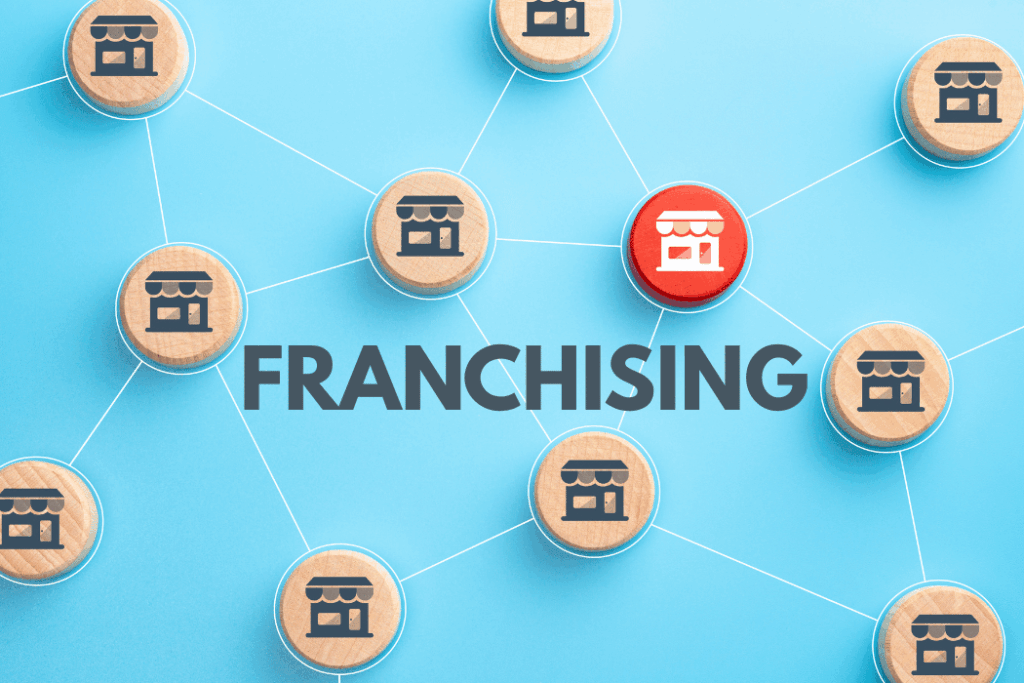
While most organizations have similar senior leadership structures with some variation of the letter C to formulate their title, (CEO, CFO, etc.) there are far more people at organizations that do not. From senior-level positions to mid-level roles, to entry-level posts and even to internship opportunities, an organization’s workforce can consist of hundreds of different titles that cascade down to other titles that then cascade down to others. With so many people at an organization who have signed on to work on behalf of a singular mission and values, it begs the question, How can an organization position themselves and their employees to operate at their most optimal level consistently?
Despite the formality of a role, title, level, or ranking, individuals at organizations have a unique opportunity to activate their skills, qualifications, and talents to be solutions-oriented contributors. But, in order for these skills to be fully activated, individuals must believe that they have the permission and support to see themselves as leaders, despite their level or title.
Now, it’s not uncommon for people to get a bit uncomfortable when I start down this—leadership for all—path. I can often almost visibly see the fear of anarchy and minimal order topped with a cringeworthy gaze of lawlessness, when this has been mentioned in the past.
Consider this.
Industries across the globe are responsible for many of the things that we utilize every day to transport goods, operate our home, feed our families and to keep our economies afloat. But at the helm of these industries are organizations, which are at the helm of departments, which are in turn operated by individual people. While it’s no secret that robots and automation are playing more and more of a role in organizations, we are nowhere close to fully robotic workforces. Therefore, (and thankfully), we still need and benefit from humans that direct, guide and lead in an effort to produce products, services and valuable goods that support the world that we all inhabit. And, not just any humans—humans that are empowered, encouraged, and believe that they have the self-leadership autonomy to do what it is that they were hired to do, effectively.
Taking on the responsibility of leading an organization and leading other people is a serious and important commitment and certainly not one that should be taken lightly. I would argue though that taking on a more specific form of leadership is far more critical—self leadership.
The self-leadership concept is not an invitation for chaos, low-order, the wild, Wild West, or any other rendition of disarray. It is instead an opportunity to get the absolute best from individuals at all levels. Most organizations are in business to solve something, to produce something or sustain something. So, if the mission is to continue towards these goals in the most effective way, isn’t it in an organizations’ best interest to empower their most valuable asset—their people—to lead in their lane in service of this?
Did you realize that it costs employers an average of $4,129 and takes an average of 42 days to fill a role, according to the Society for Human Resource Management (SHRM)?
So, with all of the time and resources that it takes to find the right candidate for these important roles within organizations, it would be a waste if we did not cultivate an individual’s best skills, unearth their unseen potential and elevate their thinking around self-leadership.
The benefits of encouraging self-leadership are plenty, but most notable are that:
- Supporting self-leadership empowers and tool leaders at all levels to be solutions oriented and embrace expansive thinking.
- Self-leadership encourages an even more ethically inclined employee and a commitment for individuals to produce their best work.
While the pervasive headlines around The Great Resignation aren’t constantly a part of every news story, as they were during 2020 and 2021, there are still a significant number of people leaving the workforce everyday.
And, while low pay and a lack of opportunities for advancement were reported as major contributors to why so many people left the workforce in 2021, according to a Pew Research Center survey, the same study also found that feeling disrespected at work was another top reason for resignations.
By embracing and encouraging self-leadership throughout the ranks of your organization, you have an opportunity to inspire, engage, and empower your employees to focus on the organizational goals, but you also have an opportunity to directly impact the essential functions of attracting and retaining the talent that is required to execute your internal work.
Self-leadership is an underutilized and often overlooked practice that could be the difference between an engaged employee or one that is always looking for their next opportunity. As organizations continue to grow, expand, and innovate on their products and services, it is also in their best interest to do the same for their employees—empower them, grow them, and expand their thinking to envelope their opportunities in being a self leader.












